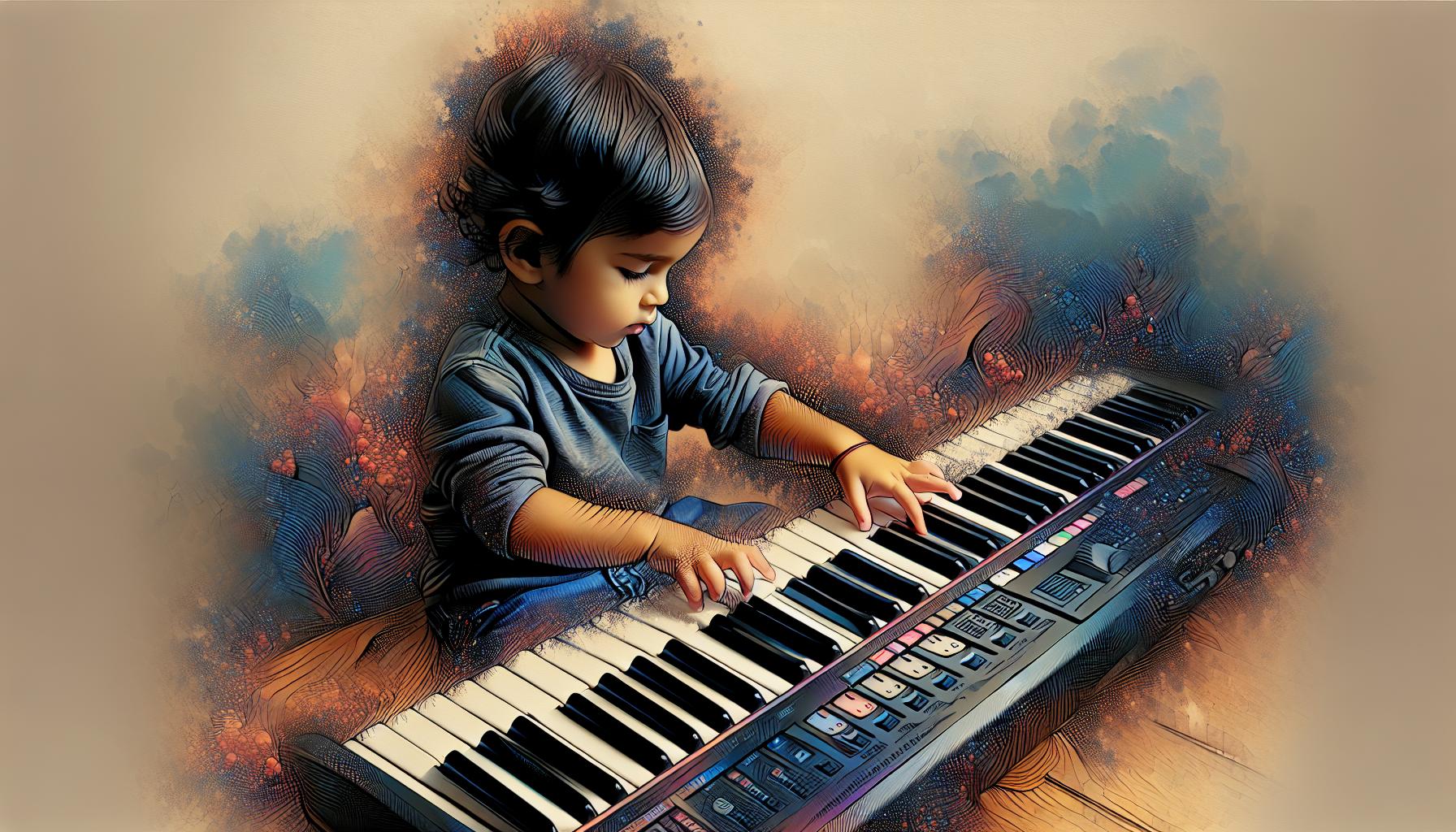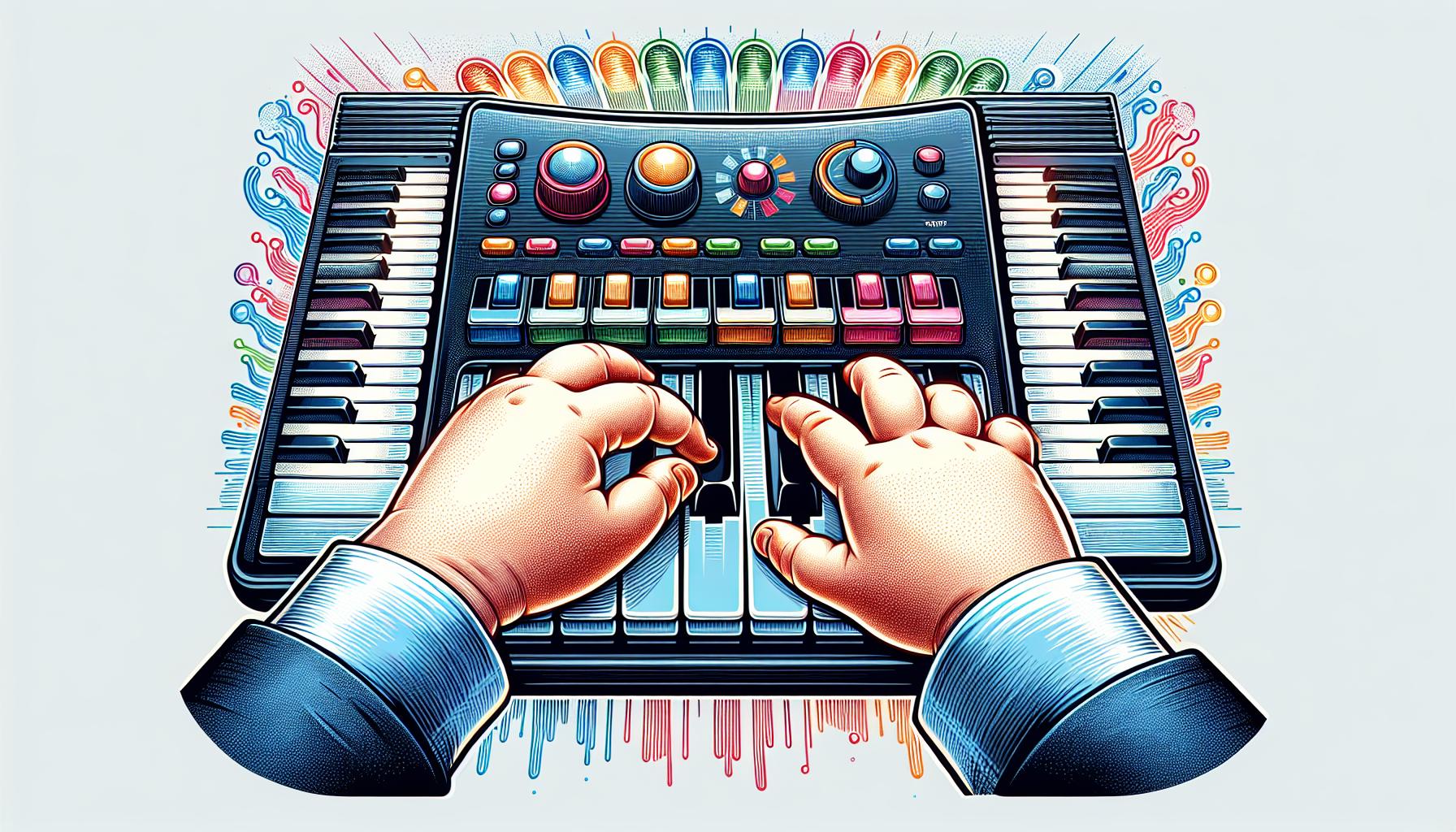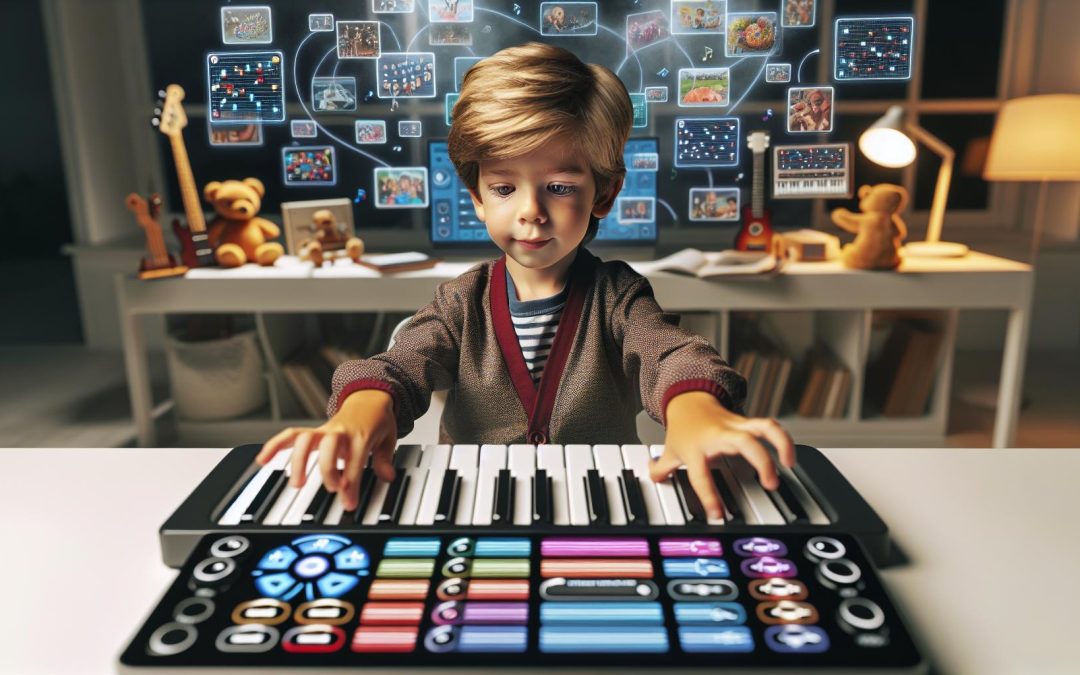Choosing the right keyboard for a beginner child can feel like navigating through a maze of keys and buttons. It's not just about finding an instrument; it's about unlocking a world of creativity and expression for your little one. With so many options out there, it's easy to feel overwhelmed. But don't worry, we've got you covered.
Selecting the perfect keyboard involves more than just price and brand. It's about understanding your child's needs, interests, and the features that will help them not just learn, but love playing music. Whether they're aspiring to be the next classical prodigy or a superstar in their own right, finding the right keyboard is the first step on their musical journey. Let's dive into how you can make a choice that hits all the right notes.
Understanding Your Child's Musical Interests
Delving into a child's musical world is a journey filled with surprises and discoveries. It's essential to recognize that every child has unique musical interests and inclinations. Some may be drawn to classical melodies that fill the air with elegance and grace, while others might find their heartbeat syncing with the energetic rhythms of pop or rock music. Understanding these preferences is a cornerstone in selecting the right keyboard.
The initial step involves observation and engagement. Parents are encouraged to note the types of music their child naturally gravitates towards during various activities like movie watching, car rides, or when they're simply humming to themselves. This observation could reveal a pattern or preference that can guide the keyboard selection process.
Another effective method is direct engagement. Engage in conversations with your child about their favorite songs, artists, or music genres. This not only strengthens the bond between the parent and child but also provides clear insights into the child's musical world. Encouraging them to explore music through apps or children’s musical programs can further broaden their understanding and appreciation for different types of music.
Once a parent has a good grasp of their child’s musical preferences, they can start looking for keyboards that complement these interests. For instance, if a child shows a keen interest in creating and composing their own music, a keyboard with a wide variety of sounds and the ability to record may be more suitable. On the other hand, if a child enjoys singing along while playing, a keyboard with a built-in microphone or connectivity options for external ones could be ideal.
Here is a breakdown of key features to consider based on musical interests:
| Child's Interest | Suggested Keyboard Feature |
|---|---|
| Creating Music | Wide variety of sounds, ability to record |
| Singing Along | Built-in microphone, connectivity for external microphone |
| Learning Songs | Pre-loaded songs, light-up keys for guidance |
| Exploring Sounds | Diverse instrument sounds, effects |
Choosing a keyboard that aligns with a child’s musical tastes not only makes the learning process more enjoyable but also ensures that the child remains motivated and engaged. It's a delicate balance between offering them an instrument that meets their current interests, while also providing room for growth and exploration as their musical journey evolves.
Key Features to Consider

When selecting a keyboard for a beginner child, several key features stand out as essential to foster their musical journey. Parents should be aware that not all keyboards are created equal, and the right features can significantly enhance the learning experience.
Size and Number of Keys
Most standard keyboards come with 88 keys, mimicking a traditional piano. However, for children, a 61-key keyboard is often more than sufficient and can be less intimidating for small fingers. It's a manageable size that still allows for a broad range of notes and musical exploration.
- Full-size keys are preferable to ensure a smooth transition to other keyboard instruments in the future.
Weighted Keys
Weighted keys replicate the feel of an acoustic piano, where the lower notes require a bit more pressure than the higher ones. This feature is crucial for building finger strength and technique from the get-go.
- For beginners, semi-weighted keys may offer a good balance, making it easier for small hands to play.
Built-in Lessons
Many modern keyboards come equipped with built-in lessons tailored for beginners. These lessons can range from simple note recognition exercises to full song tutorials.
- Interactive features like lighting up keys can guide the child through lessons, making learning both fun and effective.
Sound Variety
A keyboard that offers a wide variety of sounds can keep a child's interest piqued. Different instrument voices, from strings to percussion, allow children to explore various musical styles and sounds, encouraging creativity and exploration.
- Look for a keyboard with at least 100 different sounds or voices.
Connectivity
In today's digital age, the ability to connect a keyboard to a computer or tablet can be highly beneficial. This connectivity allows for the use of educational apps and software, which can further enhance the learning experience.
- USB or MIDI ports are standard features that facilitate this connection.
Durability
Children can be enthusiastic learners, which sometimes means a less than gentle touch. Thus, selecting a durable keyboard that can withstand vigorous use is vital.
- Brands known for their build quality should be preferred to ensure the keyboard lasts through the learning phases.
| Feature | Importance for Beginners | Notes |
|---|---|---|
| Size and Number of Keys | High | 61 keys sufficient |
| Weighted Keys | Medium to High | Semi-weighted for ease |
| Built-in Lessons | High | Interactive features a plus |
Finding the Right Size and Weight

When embarking on the musical journey of finding the perfect keyboard for a beginner child, understanding the significance of the instrument's size and weight is crucial. Unlike professional-grade keyboards, which often boast 88 keys and substantial weight, keyboards for beginners, especially younger children, should be more manageable and easier to navigate.
Key Size and Number
Keyboards come in various sizes, typically ranging from 61 to 76 keys for learners. While a full-sized 88-key piano might seem appealing for its completeness, it's important to consider the child's hand size and reach. A keyboard with 61 keys still offers ample range for beginners to explore musical concepts without feeling overwhelmed.
- 61 Keys: Ideal for small hands and basic learning
- 76 Keys: Offers more range while still manageable
Choosing the right key size enhances the child's comfort and ability to grasp musical patterns effectively.
Weighted Keys
Another pivotal consideration is whether the keyboard has weighted keys. Weighted keys mimic the resistance found in acoustic pianos, providing a more realistic touch and helping in the development of finger strength and technique. For beginners, semi-weighted keys might serve as a happy medium, offering some resistance without the heaviness of fully weighted keys. This feature is fundamental in transition to more advanced piano play.
| Key Type | Description |
|---|---|
| Non-weighted | Light touch, easier for beginners |
| Semi-weighted | Some resistance, good for learning |
| Fully weighted | Mimics acoustic piano, best for technique building |
Portability and Durability
For families on the move or children who might want to take their keyboard to lessons, the weight and durability of the instrument also play a vital role. Lighter keyboards are more portable but may lack the robustness needed for enthusiastic play. Manufacturers often strike a balance, offering models that are both light enough to carry and durable enough to withstand the rigors of learning.
- Lightweight: Easier to transport to lessons or friends' houses
- Durable: Can withstand enthusiastic usage from children
It’s essential to strike the right balance between portability and durability, ensuring the keyboard can accompany the child wherever their musical journey may lead.
Ensuring Educational Value

When selecting a keyboard for a beginner child, it's not just about the physical aspects of the instrument. Beyond size, weight, and key characteristics, the educational value of the keyboard plays a pivotal role in fostering a child's musical journey. Integrated learning tools like built-in lesson programs, educational games, and apps significantly enhance the learning experience.
Many modern keyboards come equipped with interactive learning features that guide children step by step through the basics of playing piano. These features can include follow-along light-up keys, a variety of built-in songs for practice, and even compatibility with smartphone or tablet apps designed for music education. Such tools not only make learning more engaging for children but also allow for self-paced progression, which is crucial in the early stages of music education.
Importance of a Wide Range of Sounds and Rhythms
The variety of sounds and rhythms available on a keyboard can greatly influence a child's interest and motivation to learn. Keyboards that offer a wide range of voices and backing tracks allow children to explore different musical styles and genres, which in turn helps in developing a broader musical taste and understanding. From classic piano tones to strings, brass, and percussion, the ability to experiment with different sounds can keep the learning experience fresh and exciting.
Furthermore, the inclusion of rhythm and accompaniment features encourages young learners to play along with different beats and patterns, improving their timing and rhythmic skills. It’s beneficial for children to be exposed to a variety of musical elements early on, as it lays a solid foundation for future musical exploration and creativity.
Encouraging Practice Through Recording and Playback
Another valuable feature to look for in a beginner's keyboard is the ability to record and playback performances. This function not only allows children to listen back to their playing and identify areas for improvement but also provides a sense of achievement when they hear their own music. The feature serves as an educational tool, fostering critical listening and self-assessment skills.
Recording capabilities can also encourage creative experimentation with music composition and arrangement, even at a basic level. Children can overlay multiple tracks, exploring how different sounds and melodies interact, which is a fantastic way to stimulate musical creativity and understand the structure of music.
Conclusion
Choosing the right keyboard for a beginner child can be a delightful journey into the world of music. By focusing on instruments that offer educational tools, a variety of sounds, and interactive features like recording and playback, parents can provide their child with a comprehensive learning experience. These elements not only make the learning process more enjoyable but also foster a deeper love and understanding of music. With the right keyboard, the musical journey of a child can be as enriching as it is exciting.
Harlan Kilstein began playing piano during covid with no piano background at all. He taught himself how to play learning what to do and what not to do.
Today he's an advanced intermediate player and can help you grow in your skills because he learned all this on his own.








